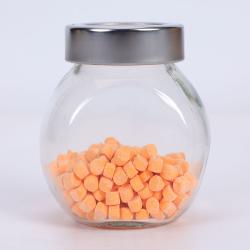Blowing Agent
Foam Blowing Agent
Foam blowing agents are specialized additives that generate a controlled cellular structure in polymers, plastics, and elastomers by releasing gases during thermal decomposition. These agents—solid or liquid at room temperature—decompose at specific temperatures to produce gases such as nitrogen or carbon dioxide, reducing material density while enhancing thermal insulation, acoustic performance, and structural rigidity. The exothermic heat from reactions further drives gas formation, enabling efficient foaming without compromising mechanical integrity.
Our product line includes AC3000-75 and OBSH-75, high-performance blowing agents tailored for diverse applications. AC3000-75 excels in nitrogen-based foaming for thermoplastics and elastomers, offering balanced gas yield and decomposition stability. OBSH-75, a sulfonyl hydrazide derivative, provides low-temperature decomposition with minimal by-products, ideal for sensitive polymers requiring precise cellular control. Both agents ensure uniform pore structure, improved processing efficiency, and compatibility with polyurethanes, thermoplastic foams, and more.
Safety Tips for Handling Foam Blowing Agents
Use Personal Protective Equipment (PPE)
- Always wear appropriate PPE such as gloves, safety goggles, and protective clothing to avoid skin and eye contact.
- In case of airborne particles or vapors, use suitable respiratory protection.
Ensure Proper Ventilation
- Work in well-ventilated areas or use local exhaust ventilation to prevent accumulation of vapors or gases.
- Avoid inhaling fumes, as some blowing agents can be toxic or irritating.
Avoid Open Flames and Sparks
- Many foam blowing agents are flammable or combustible; keep them away from heat sources, sparks, and open flames.
- Use explosion-proof equipment if required.
Storage and Handling
- Store blowing agents in cool, dry, and well-ventilated locations, away from direct sunlight and incompatible substances.
- Keep containers tightly closed when not in use.
- Follow manufacturer’s storage guidelines and shelf-life recommendations.
Prevent Environmental Release
- Avoid spills and leaks. In case of accidental release, contain and clean up according to safety protocols.
- Dispose of waste and residues according to local environmental regulations.
Training and Emergency Preparedness
- Ensure all personnel handling blowing agents are trained on their hazards and safe handling procedures.
- Have emergency procedures and first aid measures readily accessible.
- In case of skin contact, wash immediately with plenty of water; if inhaled, move to fresh air and seek medical attention if symptoms persist.
Comparison of roll kneading performance with powder products
| 10 seconds later | 30 seconds later | 60 seconds later | |
| MASTERBATHCES | 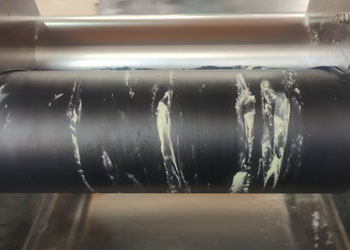 |
 |
 |
| POWDER | 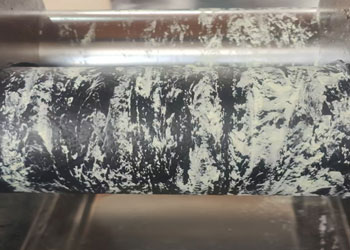 |
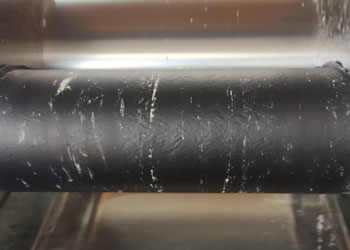 |
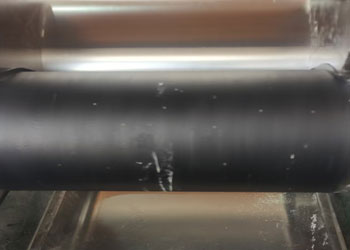 |
 cwc@jxbh-masterbatch.com
cwc@jxbh-masterbatch.com Jiaxing Beihua Polymer Auxiliaries Co., Ltd. / Shanghai Crystal Wells Chemical New Materials Co., Ltd.
Jiaxing Beihua Polymer Auxiliaries Co., Ltd. / Shanghai Crystal Wells Chemical New Materials Co., Ltd.


